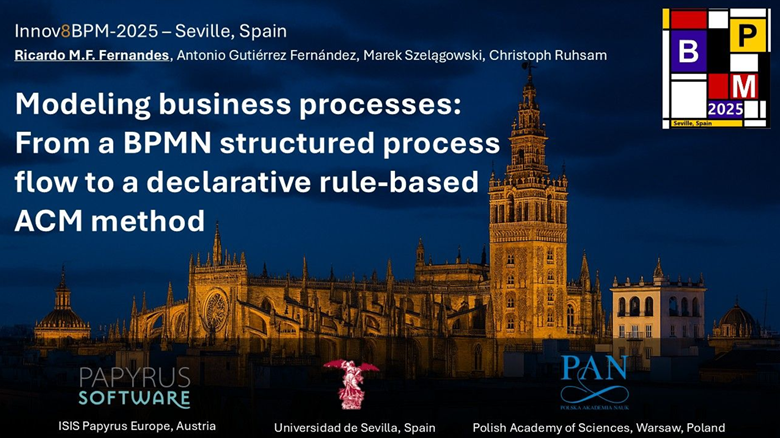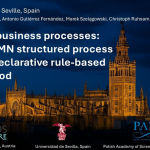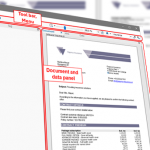Flexibility Over Rigidity: Why Papyrus Converse Is Shaping the Future of BPM
Earlier this month, I had the privilege of presenting our latest research at the Innov8BPM Workshop, part of the BPM 2025 conference in Sevilla, Spain. The workshop brought together thought leaders and practitioners exploring the future of business process management in the age of digital transformation. It was an inspiring environment to share ideas, challenge assumptions, and showcase innovation.
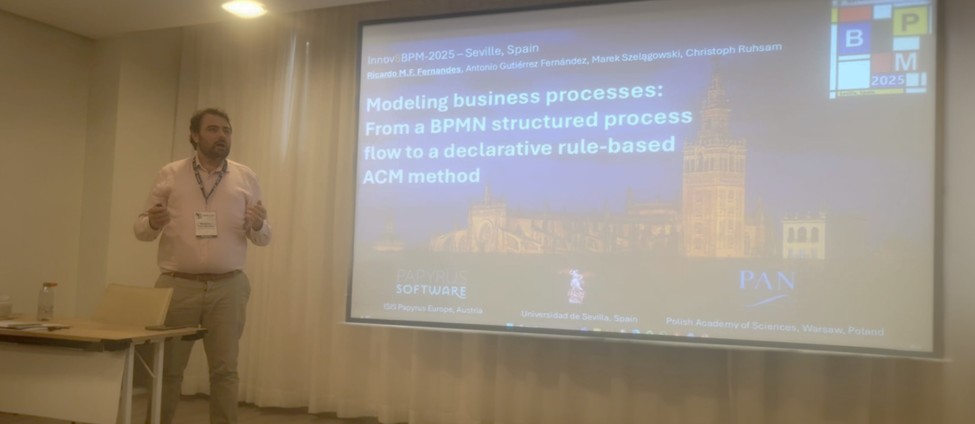
Our paper, co-authored with Antonio Gutiérrez and Marek Szelągowski from University of Sevilla and Polish Academy of Sciences, respectively, focused on a comparative study between Business Process Modeling and Notation (BPMN) and declarative rule-based Adaptive Case Management (ACM) modeling. Using a Repair Service Management (RSM) case study, we explored how these two modeling approaches perform across five key dimensions: modeling complexity, execution flexibility, IT dependency, knowledge worker autonomy, and change management efficiency.
Why This Matters
In today’s dynamic business landscape, rigid workflows often fall short. Organizations need models that adapt to change, empower knowledge workers, and reduce IT bottlenecks. Our research shows that while BPMN remains a relevant tool for predictable processes, ACM offers a compelling alternative for knowledge-intensive, flexible environments.
Papyrus Converse based on the ACM methodology extended with business architecture principles (such as value streams) and domain-specific ontologies, allows business experts to define goals, actions, and rules in natural language. This not only improves clarity and compliance but also enables real-time adaptability — something BPMN struggles to achieve.
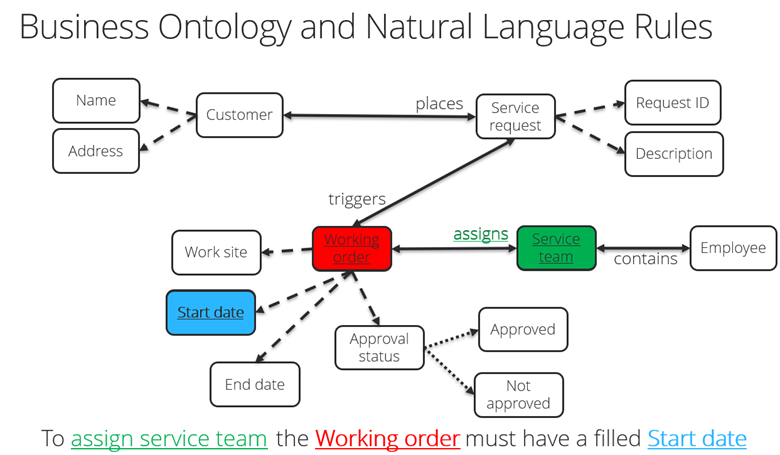
Results
The results revealed that while both paradigms exhibit moderate modeling complexity, ACM offers significantly higher execution flexibility and autonomy for knowledge workers. It minimizes IT-dependency and leverages business rule management to enable multiple execution paths. This flexibility requires careful governance of business rules—yet this is a strategic advantage, as it fosters a deep understanding and precise control over the rules that drive organizational processes. In terms of change management, ACM showed higher efficiency due to its rule-based adaptability, compared to BPMN, where change management requires extensive updates to process flows. These findings underscore the importance of choosing the right modeling approach based on the type of the process and your organizational needs.
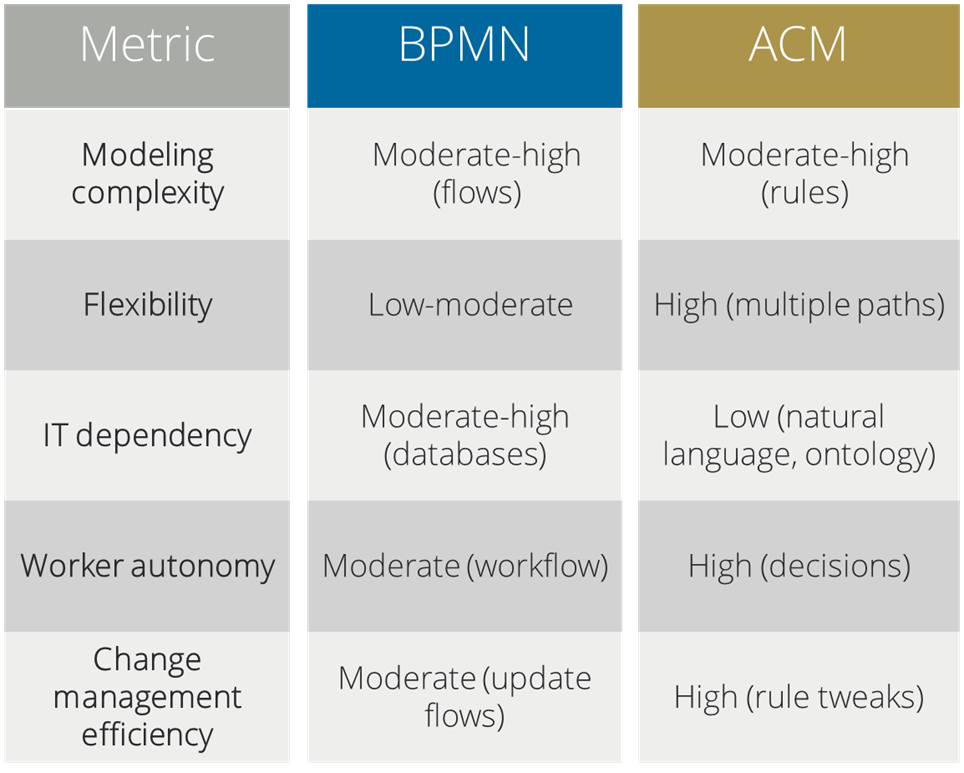
Key Takeaways from the Workshop
Presenting at Innov8BPM was more than just sharing a paper—it was a chance to engage with a community enthusiastic about rethinking BPM. The feedback we received reinforced the relevance of ACM in modern organizations, especially those undergoing digital transformation. Discussions around AI-assisted decision-making, ontology-driven modeling, and value stream alignment highlighted the growing interest in declarative approaches.
Looking Ahead
As we continue to refine Papyrus Converse, we are enhancing our AI agent Owlfie, powered by Watsonx from IBM. This integration aims to enhance business rule creation, guide users through case execution, and unlock deep insights into enterprise content through content mining. This will further empower business users and accelerate the shift toward flexible processes.
The Innov8BPM event clearly demonstrated that business process management is undergoing significant changes, fueled by the increasing demand for agility, greater clarity, and enhanced user empowerment. I am proud to be part of this transformation and grateful to everyone who contributes to such forward-thinking spaces.
If you are interested in learning more about Papyrus Converse and the Adaptive Case Management (ACM) methodology or exploring how it can support your organization’s digital transformation, feel free to reach out to us, watch the converse video series and join us at the upcoming introductory workshops.

Papyrus Academy Applied Application Researcher

